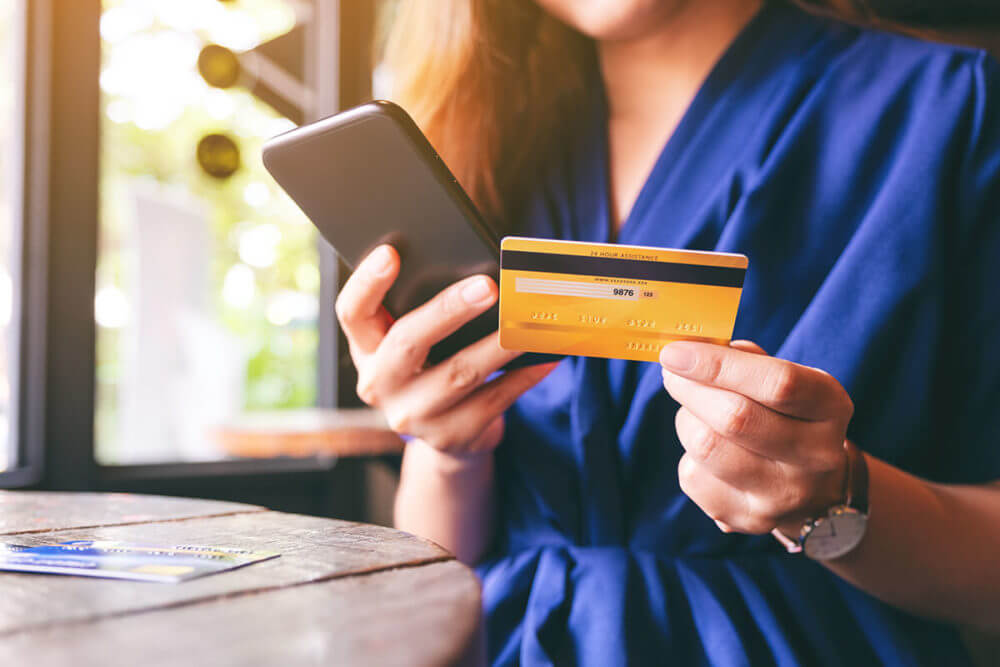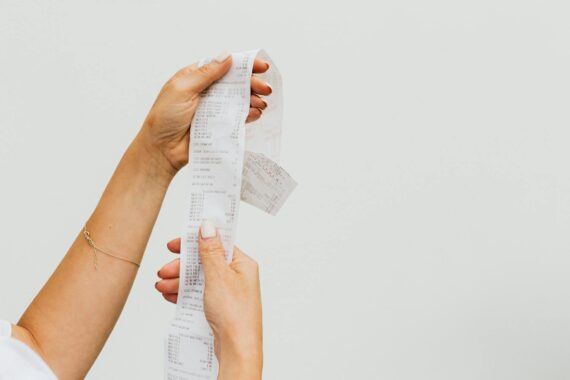If you own a small business, you’re probably used to questions about alternative payment methods to cash and the option of virtual shopping. Knowing about available eCommerce payment options will not just help you create a more convenient buying experience for your customers; it may evolve into something of a necessity in the coming years.
Each method and option has its perks, from Paypal to bank payment, and here we’ll try to introduce some of the most common ones.
Why Is Proper Understanding of eCommerce Payment Options Important for Your Company
There is no denying that times have changed for merchants. Customers want not only well designed and easily navigable websites, but also the ability to pay with their credit cards in just a couple of clicks. And since every customer will have their own idea about the best way to make online payments, you should try to introduce as many methods as possible on your website.
Credit Cards in Web Purchases
Even though the online retail industry is growing along with ways to pay on the Internet, a credit card is still the preferred method of online paying. Most customers are already used to it, and it’s easy to utilize. All the necessary information is written on it, and it’s all straightforward enough for most people.

Gateways – What is a Gateway and What It Does?
One of the most important steps in setting up eCommerce for your business is the choice of a gateway. Gateway is a service that authorizes credit card payments. More specifically, the gateway sends information from a payment portal, which can be a website or mobile phone, for example, to a processing company or bank. It can be given to you by a bank, or you can hire one of the many service providers. PCI compliance should be among the main things you ask from your gateway provider. Then, you should look into the ways your customer can pay you with this or that provider. The more there are in use, the better the chances of a customer satisfied with a completed transaction.

Methods of Online Payment
Methods to make payments online are many, and different customers will prefer different ways to pay. Some are popular to use in some areas because others aren’t generally available. Some are sort of household names and not questioned. So let’s make a quick overview.
Online Shopping Carts Reign Supreme Among eCommerce Payment Options
Commonly used on many websites, shopping carts allow customers to put as many products as they wish in a virtual cart and then pay for them with their credit or debit cards. Once they go to the checkout, they’ll be asked for card information. You, as a merchant, decide how much info will be required, but it’s recommended to keep it to a minimum needed for transaction security. A shopping cart is easy to set up, and it’s easy enough to use, though it may turn away some folks who want it all done in one click.
E-Wallet
A digital wallet on the web acts much like the physical one, storing information about payments. When called upon, payments can be made online or by bringing the phone close to the processing terminal. E-wallets are easy to use because the only requirement in the checkout phase is to log in and confirm the purchase. Still, this technology isn’t recommended as the only available option since not everybody has accounts with the same providers.
PayPal Is an Option for Most Merchants
PayPal is among the best known digital wallets, and it has a formidable reputation in the world of eCommerce in matters of security and reliability. On top of that, it’s straightforward to use, for which millions of users speak all over the world. Simply put, having a PayPal button on your website says enough about your trustworthiness.
Google Pay
Another digital wallet on our list, Google Pay is making huge steps on the market, being added as a checkout option by such giants as Airbnb. It can be used on phones, online, and in person.
Peer-to-Peer Transfers
P2P Money Transfer allows you to send money between linked accounts quickly. It is useful for merchants since apps such as Venmo enable customers to pay with a single click on a “buy” link on your website.
Bank Payments
Bank payments are great for merchants because, with them, a customer simply transfers money to the merchant’s account. It can be done on a mobile phone or via a computer. This type of transaction can’t be reversed, and another perk is that merchants are charged lower fees than if cards are used.
Bank transfers are initiated when a shopper “pushes” funds to the bank account of the seller. Bank transfer payments cannot be reversed, and the cost to merchants is generally lower than for payment cards.
Buy Button
The Buy Button method is similar to a shopping cart, but it skips the cart phase, passing directly to the checkout. These buttons are a common sight on social networks or blogs that offer services or products. Smarter heads than ours still debate on whether their time is up or they still have a future.
Mobile Money Wallets
Mobile money wallets are a big thing in places where folks have lots of mobile phones, but banking isn’t widely accessible outside of larger cities. People there can convert hard cash into electronic currency. Then, those potential customers can use those funds for buying online and maybe even conduct a transaction in your e-shop.

What Option Is the Best for Your Enterprise
Since we live in the age of capitalism, credit card processing costs money. To be able to meet all the required fees, you’ll have to open a merchant account with the chosen processor. Said processor would then charge fees. In the case of P2P transfers, the P2P service will collect its due. So you’ll have to make sure that your revenue is high enough to cover for the expenses. That may require some market research, and getting to know your customers and their habits and preferences. Without that, there is a good chance that your investment will go down the rabbit hole. Simply put, the only way to know which solution is the best one for you is by conducting thorough research.







